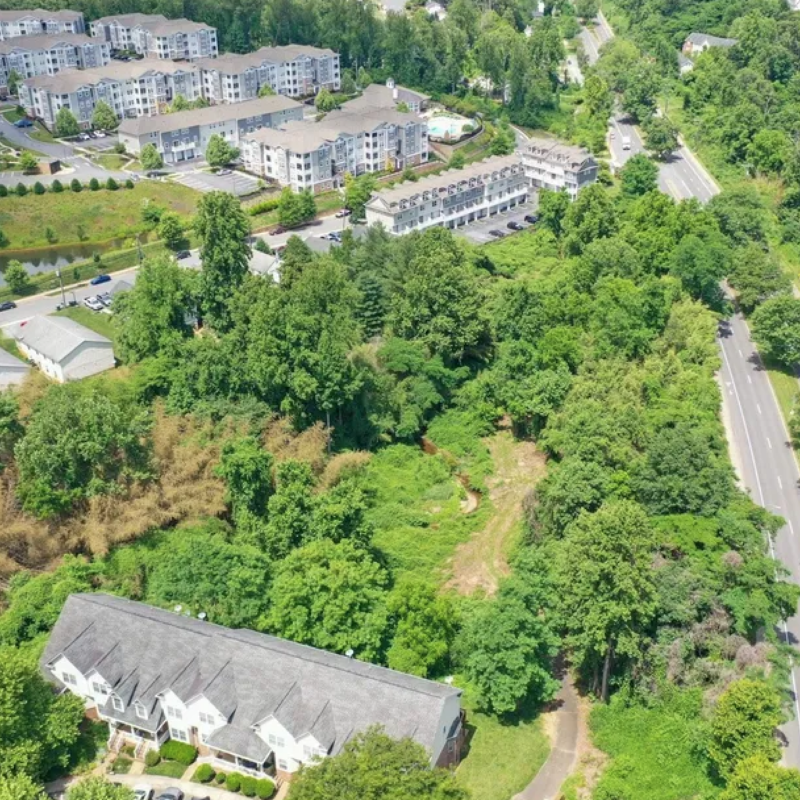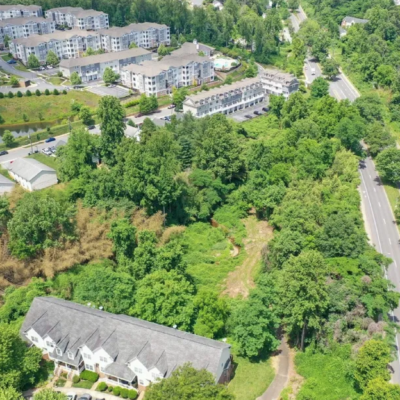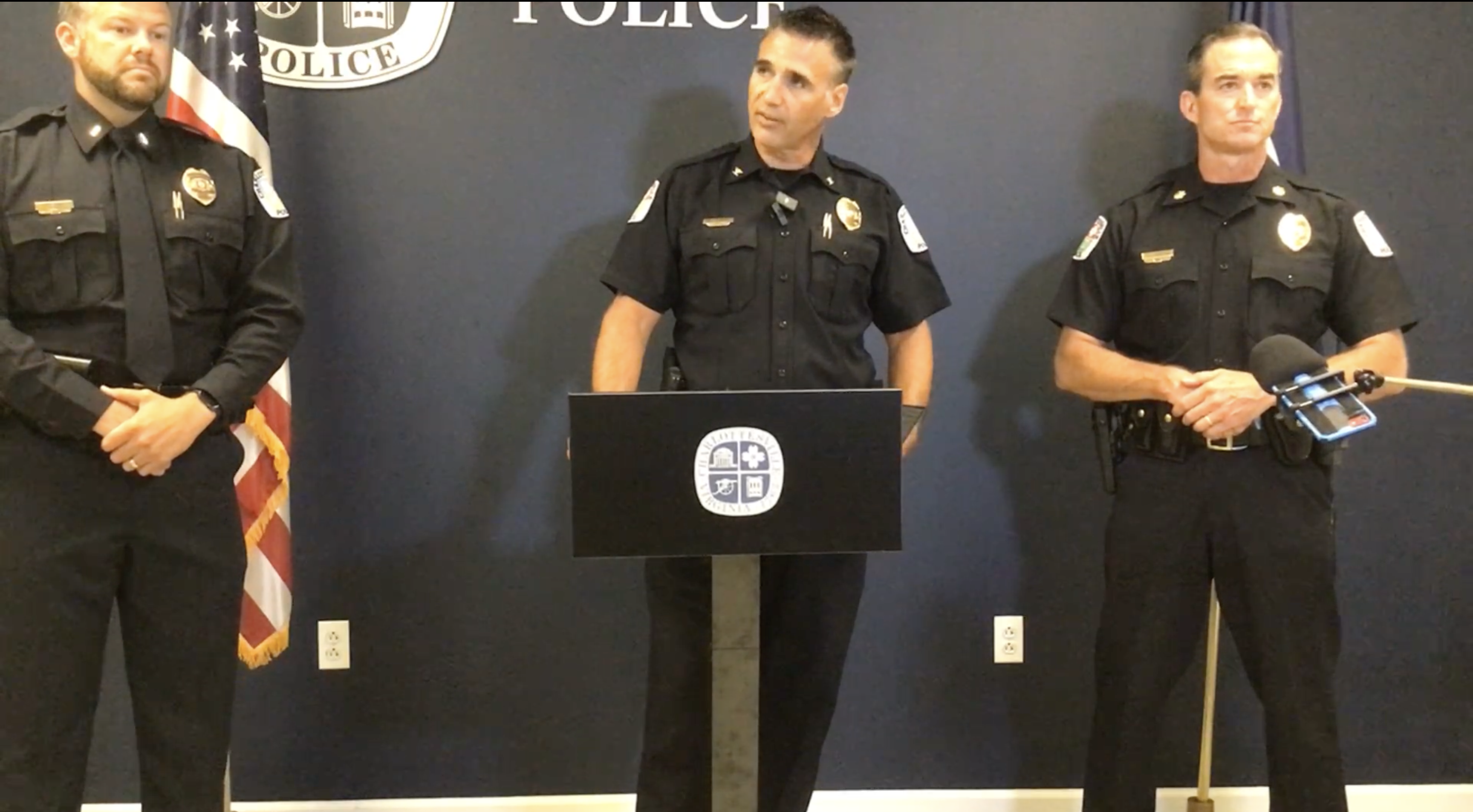When Woolen Mills residents packed the historic chapel at the far end of Market Street last Thursday for the latest Our Town Charlottesville meeting with City Council members, concerns over cut-through traffic and sewage stench dominated the public forum. But a question bigger than any one neighborhood also arose: Why doesn’t the city pay more attention to the Rivanna River?
“Charlottesville kind of sat back in the ’90s when cities all over the U.S. were doing river corridor plans,” said Bill Emory, chair of the Woolen Mills Neighborhood Association and a former planning commissioner. Cities like Providence, Rhode Island, and, closer to home, Richmond and Lynchburg, have put their rivers front and center in planning, he said, and the benefits have been big.
The idea of developing a plan for the river corridor—a comprehensive vision of the Rivanna’s future use, economic value, and environmental protection—isn’t new. The city’s latest Comprehensive Plan, still in draft form, lays out a process for doing precisely that, and last year a UVA Architecture School design workshop on the river yielded a slew of high-concept ideas for riverfront development.
But Emory thinks the process needs a kickstart, and a renewed and realistic focus on the communities that back up to the Rivanna’s banks. His suggestion: Pay for an inventory that maps the natural, cultural, and built resources along the city’s 3.7 miles of river frontage—nearly half of which, he pointed out, is in the Woolen Mills neighborhood.
When it comes to urban planning and green development, “Charlottesville is generally pretty trendy,” Emory said, and yet, “we have done so little to connect our citizenry with the river.”
Vice Mayor Kristin Szakos, whose Locust Grove home is within sight of the Rivanna, said history plays a role: The James in Richmond and Lynchburg has long been a commerce driver and a transportation corridor, and that’s not so much the case with Charlottesville and its little river.
“I do think we ignore the river at our cultural peril,” she said. “I’d love to see us look toward the river for recreation, for opening up space, and as this shared resource and shared boundary.”
That means avoiding projects that would block a “turning toward the river,” she said, which is why the city said no to an updated sewage pump station in Riverview Park in 2011, and why Council has now vowed to block any plans for a new four-lane bridge from the Pantops area into Woolen Mills.
Also key is getting property owners along the Rivanna in on the planning process, she said. A staffing shift that took effect last month might make that easier. Now the riverfront and surrounding neighborhoods—including Locust Grove and Woolen Mills—are all under the purview of a single city planner. Mike Smith grew up in Lynchburg, and said he’s seen that city evolve its relationship with the river in its backyard. He thinks there’s an opportunity for that to happen in Charlottesville, especially if residents lead the push.
“It’s sort of a hidden resource,” he said.
It shouldn’t be hidden any more, Emory said. “The time to do an inventory, to begin to plan, is now,” he said. “You need to get ahead of the development, instead of waiting until it happens.”




